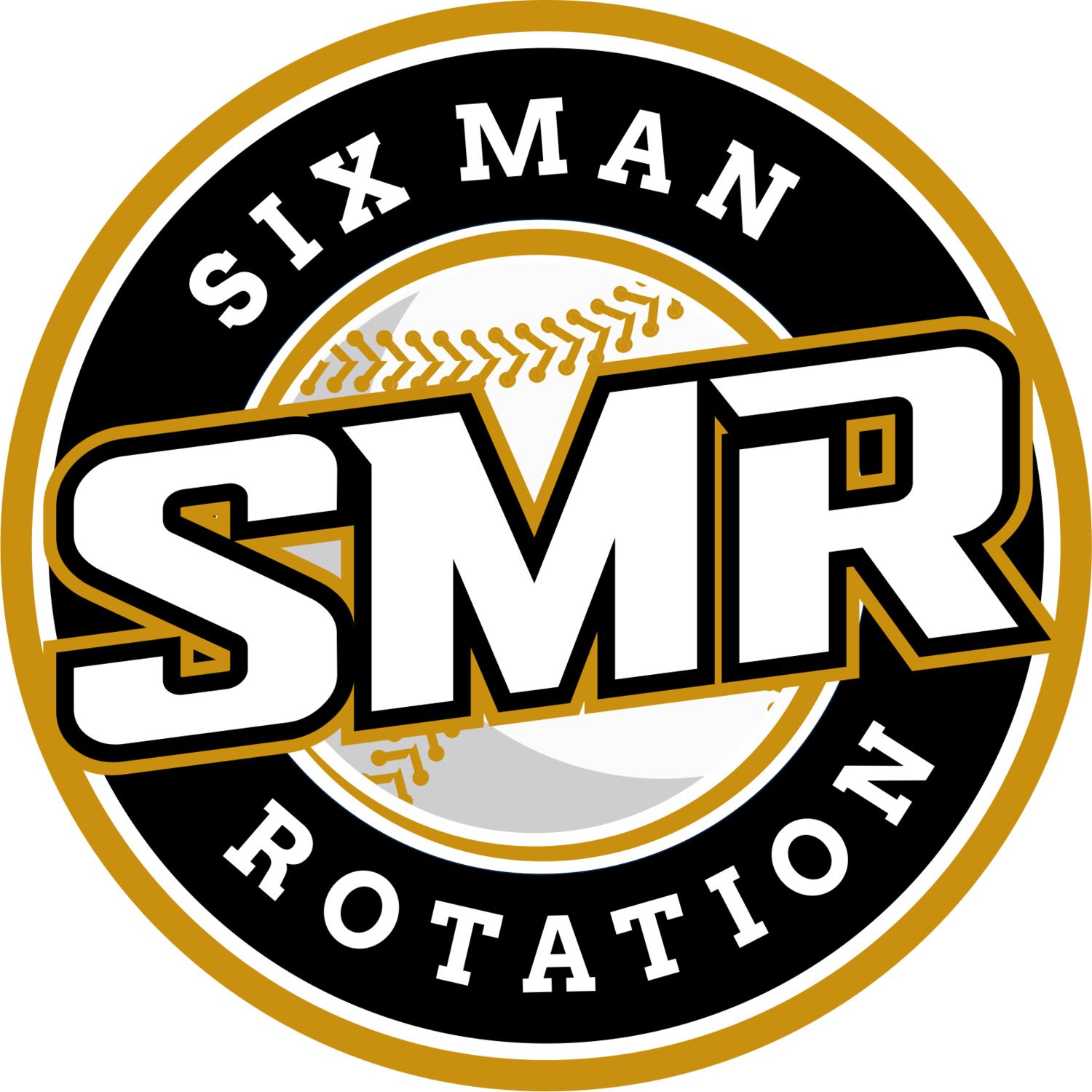An ERA, or Earned Run Average, is an important statistic that measures the effectiveness of a baseball pitcher. More specifically, it is the measure of earned runs scored by an opposing team per nine innings. An earned run is any run that is scored without an error or a passed ball. To calculate ERA, divide the earned runs ceded over the innings pitched and multiply this number by nine. The result is a figure that allows comparison between different pitchers and teams, independent of the number of innings they throw or play.
ERA is critical because it helps to assess a pitcher’s effectiveness in preventing runs. In essence, it reflects how well a pitcher manages the opposition’s scoring opportunities. A lower ERA indicates that a pitcher is allowing fewer earned runs, which typically suggests they are performing better. On the other hand, a higher ERA might indicate that a pitcher struggles to limit runs, signaling potential weaknesses in their pitching. For many baseball analysts and fans, understanding what is an era in baseball is essential to evaluating the success of pitchers in both short-term and long-term performances.
This statistic is particularly significant because it provides a quick and accessible way to compare pitchers. It allows teams and coaches to assess pitching talent and effectiveness during a game or over a season. However, while ERA is helpful, it’s important to remember that it doesn’t account for external factors like defense or fielding errors, which can also influence a pitcher’s overall performance.
Calculating ERA
Calculating Earned Run Average (ERA) is a straightforward process that involves a few simple steps. Understanding how to calculate ERA is essential for anyone who wants to assess a pitcher’s effectiveness in a game. To get the ERA, you need two key pieces of information: the number of earned runs allowed by the pitcher and the total number of innings pitched. Once you have these, the calculation is simple.
First, the number of earned runs is multiplied by 9 to account for a standard game, which consists of nine innings. Then, the total number of innings pitched is used as the denominator. Finally, the product is divided by the number of innings pitched to get the ERA value. The formula can be expressed as: ERA = (Earned Runs x 9) / Innings Pitched
Let’s break it down step-by-step:
- Multiply the number of earned runs by 9.
This is because an ERA is calculated per nine innings, so multiplying by 9 allows the comparison of pitchers regardless of how many innings they pitch. - Divide the result by the total innings pitched.
This step adjusts the earned runs to reflect the innings a pitcher has actually thrown, creating an average for a full nine-inning game. - The result is the ERA.
The ERA is the final number, representing how many earned runs the pitcher allows on average per nine innings pitched.
For example, if a pitcher allows 25 earned runs over 150 innings, the calculation would be:
(25 x 9) / 150 = 1.50 ERA. This means the pitcher allows 1.50 earned runs per nine innings, which is considered excellent for a pitcher.
- Step 1: Multiply the earned runs by 9 to standardize the result.
- Step 2: Divide the total by the number of innings pitched.
- Step 3: The quotient is the ERA, which provides a standardized evaluation of a pitcher’s effectiveness.
After calculating ERA, it’s important to consider the context in which the pitcher performs. A pitcher might have a high ERA if they play in a high-scoring league or a hitter-friendly ballpark. Conversely, a pitcher who plays in a more defensively oriented team might have a lower ERA, even if their overall performance is similar. Understanding what is an era in baseball helps players, coaches, and analysts interpret this statistic within a broader context.
Significance Of ERA In Evaluating Pitchers
Earned Run Average (ERA) is one of the most significant metrics used in baseball to evaluate a pitcher’s overall performance. By calculating how many earned runs a pitcher allows per nine innings pitched, ERA provides a clear snapshot of a pitcher’s effectiveness at keeping the opposing team from scoring. It helps coaches, analysts, and fans determine the quality of a pitcher’s performance and is often used to compare pitchers within the same season or across different seasons.
One of the key reasons ERA is so significant is that it allows for a standardized comparison between pitchers. Since it’s calculated on a per-nine-innings basis, ERA can be used to compare pitchers who have thrown different numbers of innings, giving a fair and consistent measure of their run prevention abilities. Whether a pitcher has thrown 10 innings or 200 innings, their ERA gives a uniform way to assess their ability to prevent runs.
The Limitations Of ERA
While ERA is an essential statistic for evaluating pitchers, it does have limitations. For example, ERA does not account for defensive errors or the quality of the fielders behind a pitcher. A pitcher may have a high ERA simply because their defense made mistakes that led to unearned runs, which will still affect the ERA even though the pitcher may not have been entirely responsible for those runs. Additionally, ERA doesn’t account for external factors like ballpark size or weather conditions, which can heavily influence scoring and pitching performances. For instance, a pitcher playing in a hitter-friendly stadium may have a higher ERA than a pitcher in a more pitcher-friendly ballpark, even if both pitchers are performing at similar levels.
Despite these limitations, ERA remains a crucial tool for evaluating pitchers because it provides a quick and easy way to assess how well a pitcher is performing at limiting earned runs. It serves as a starting point for further analysis, especially when paired with other advanced metrics like ERA+ or xERA. These additional stats can provide a more complete picture of a pitcher’s abilities by accounting for external factors that ERA might overlook.
Understanding what is an era in baseball and how it impacts pitcher evaluations is fundamental for anyone looking to dive deeper into the world of baseball analysis. Though it has limitations, ERA remains a cornerstone of pitcher evaluation, with its simplicity and wide usage making it a go-to statistic in the sport.
Limitations Of ERA
While Earned Run Average (ERA) is a valuable tool for evaluating pitchers, it has several limitations that can affect its accuracy. One of the primary drawbacks of ERA is that it does not take into account the defensive support behind a pitcher. A pitcher may allow a high number of earned runs simply because their fielders committed errors or failed to make routine plays. These factors can inflate a pitcher’s ERA, even though the pitcher’s actual performance may have been strong. Similarly, ERA fails to account for instances where a pitcher is the victim of poor defensive positioning or bad luck.
Another limitation of ERA is its failure to consider the impact of the ballpark in which a pitcher plays. Some ballparks are known for being “hitter-friendly,” meaning they tend to produce more runs due to factors like smaller outfields or higher altitudes, which make it easier for the ball to carry. On the other hand, “pitcher-friendly” ballparks suppress scoring, giving pitchers a natural advantage. ERA does not adjust for these factors, which means that pitchers in high-scoring parks may have a higher ERA than those in low-scoring parks, even if their overall skills are comparable.
| Limitation | Explanation |
| Defensive Influence | ERA doesn’t account for defensive errors or poor fielding plays. |
| Ballpark Factors | ERA doesn’t adjust for the ballpark’s effect on scoring. |
| Relief Pitcher Variability | ERA may not reflect the performance of relief pitchers. |
After analyzing these limitations, it becomes clear that while ERA is a useful starting point for evaluating pitchers, it should not be the sole factor in determining a pitcher’s effectiveness. To get a more complete understanding of a pitcher’s true ability, additional metrics like ERA+ or Fielding Independent Pitching (FIP) should be considered alongside ERA. These stats help account for factors that ERA misses and can give a more accurate picture of a pitcher’s performance.
Advanced Metrics Complementing ERA
While Earned Run Average (ERA) is a valuable metric for evaluating a pitcher’s performance, it does not provide a complete picture of a pitcher’s abilities. In recent years, baseball analysts have developed more advanced metrics that complement ERA and offer a more in-depth evaluation. Two of the most important metrics are ERA+ and xERA, which adjust for various factors that ERA does not account for, such as league averages, ballpark effects, and the quality of contact allowed by the pitcher.
ERA+ And xERA: More Accurate Measures Of Pitcher Performance
ERA+ is an adjusted version of ERA that factors in the league average ERA and ballpark effects. A pitcher’s ERA+ is calculated by comparing their ERA to the league average, accounting for the stadium’s influence on run scoring. An ERA+ of 100 represents league-average performance, while an ERA+ above 100 indicates a better-than-average performance. For example, a pitcher with an ERA+ of 150 is performing 50% better than the league average. ERA+ allows for more accurate comparisons between pitchers in different environments and different eras.
xERA, on the other hand, focuses on a pitcher’s expected earned run average based on more advanced factors, such as the quality of contact they allow (e.g., exit velocity and launch angle) and their strikeout rates. Unlike traditional ERA, which relies on actual earned runs allowed, xERA uses predictive data to estimate how a pitcher’s ERA should look if they were pitching in a neutral environment. This metric helps eliminate the randomness of defense and ballpark effects, providing a clearer picture of a pitcher’s true performance.
Incorporating advanced metrics like ERA+ and xERA into the analysis of a pitcher’s performance provides a more comprehensive evaluation. While ERA can give a general sense of how well a pitcher is performing, these additional metrics provide context and account for factors beyond the pitcher’s control. By using ERA alongside ERA+ and xERA, teams and analysts can make better-informed decisions when assessing pitchers.
Historical Context Of ERA
The idea behind the Earned Run Average (ERA) has developed together with the development of the game, and it has a long and rich history. ERA was first established as a formal metrics in the late 19th century when the game started noting the need for more detailed calculations of pitcher contributions to the game. Winning games or recording strikeouts were the main considerations during the evaluation of pitchers then, but these metrics were insufficient in capturing a pitcher’s run prevention skills. Thus, ERA was invented to address and account for the most vital metric in pitching: the number of runs allowed by a pitcher.
With time, the importance of ERA increased, especially with the evolution of the game. In the early decades of the 20th century, during the “dead-ball era,” baseball was associatively a pitch-dominant low-scoring game. Pitchers such as Walter Johnson and Christy Mathewson had low ERAs as they threw the ball to the plate with pinpoint precision, making them the most talked about players of the game. This stat became the most relevant one when it came to baseball superiority. In the 1920s, however, the “live-ball” ERA shifted the paradigm. With the improved offensive output, pitchers saw their ERAs increase with every run scored in the game.
- Dead-ball Era: A period characterized by low-scoring games and dominant pitchers.
- Live-ball Era: The 1920s saw an offensive surge, increasing pitchers’ ERAs.
- Impact of Rule Changes: Changes in pitching rules and equipment influenced ERA trends.
- Modern-Day ERA: Current trends reflect the evolution of both pitching and offensive strategies.
As the game progressed through the mid-20th century and into the modern era, ERA continued to be a central statistic for evaluating pitchers. However, as offensive strategies became more sophisticated, ERA began to be complemented by other metrics that provided a fuller picture of a pitcher’s abilities. Despite this, ERA remains a critical statistic in assessing pitchers, as it offers a simple yet effective way to judge performance.
Understanding what is an era in baseball and how it has evolved over time helps provide context to modern pitchers’ statistics. While the game has changed, ERA has remained a steadfast measure of pitching effectiveness, and its role in evaluating players has stood the test of time.
The Role Of ERA In Modern Baseball Analysis
ENSURE CORRECT PARAPHRASING ERA continues to be an important component in measuring the performance of pitchers even with the changes in advanced metrics. This is often the first figure an analyst would utilize in determining a pitcher’s ability to mitigate runs. Earned run average measures how many runs a pitcher has given after each game, therefore, the lower this number is, the better the pitcher is perceived to be. Its ease of calculation enables it to be routinely used by scouts and analysts to gauge performance of players over different seasons, teams and even leagues.
While ERA serves its purpose and is an important metric, there are other statistics that need to be taken into consideration to get a fully encompassing picture of how a pitcher performed. External issues for example defense, ballpark effects, and even weather conditions may impact a pitcher’s earned runs allowed, which ERA overlooks completely. Because of this, it has become common to analyze ERA along with other advanced measurement like ERA+ and xERA.
For anyone interested in what is an era in baseball, it is crucial to understand that while ERA is a key part of pitcher analysis, it should always be considered alongside other metrics to get a more complete picture of a pitcher’s performance.




